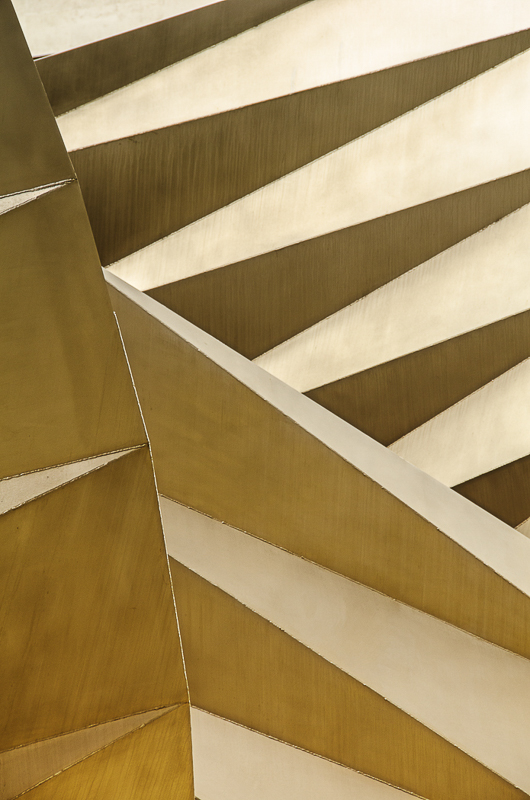I was really pleased to get full marks for the image below in our camera club ‘Abstract’ competition a few weeks ago, particularly given that the judge commented more than once on the high standard of the photographs put forward. Mind you until a few days before the submission deadline I wasn’t convinced that I would be able to submit any entries at all as, like others I subsequently found out, I struggled with the concept of what an ‘abstract photograph’ actually is.
(Please continue reading below)

The common view on the street seems to be that there is no common view. It would appear that ‘abstract’ can vary from a completely representational image or painting of an abstract subject matter – think close-up of peeling bark or peeling paint – to imagery that is entirely non-representational – think of the paintings of Mark Rothko. In a further step, some photographers such as Man Ray pushed the boundaries of ‘conventional’ imagery by including surrealism or futurism in their imagery, questioning both perspective and reality.
Nowadays of course, in the digital world that we live in, there is also the opportunity to turn pretty much any subject into a computer-generated image that is completely non-representational of its original state. A friend of mine has been experimenting with current trend of Twirling in Photoshop, changing ordinary images into digital abstract works of art. I’m very tempted to have a go myself so watch this space.
Being a photographer who tends to shoot ‘found’ objects rather than digitally creating new ones, my take on an ‘abstract’ image is that it concentrates on line, shape, form and colour and implies its subject rather than showing it. We normally think of a camera as faithfully recording what is in front of it, even if we know deep inside that this isn’t always the case – sometimes photographs can be more about what is outside the frame than what’s inside it. Most people (myself included) would like to believe that a photo tells the truth (and in some cases such as documentary it is expected, but I digress here – maybe a subject for a separate post). However an abstract image loses this duty to represent, challenging the idea that a photograph is bound to reflect reality.
Being a fan of photographing modern architecture I found this online article at Envato Tuts+ extremely helpful. I often take pictures of ‘bits’ of buildings and looking back through my archives I’ve realised that quite a lot of my personal work could be considered abstract. Here are a few that I particularly like:
All images © Carol Street



